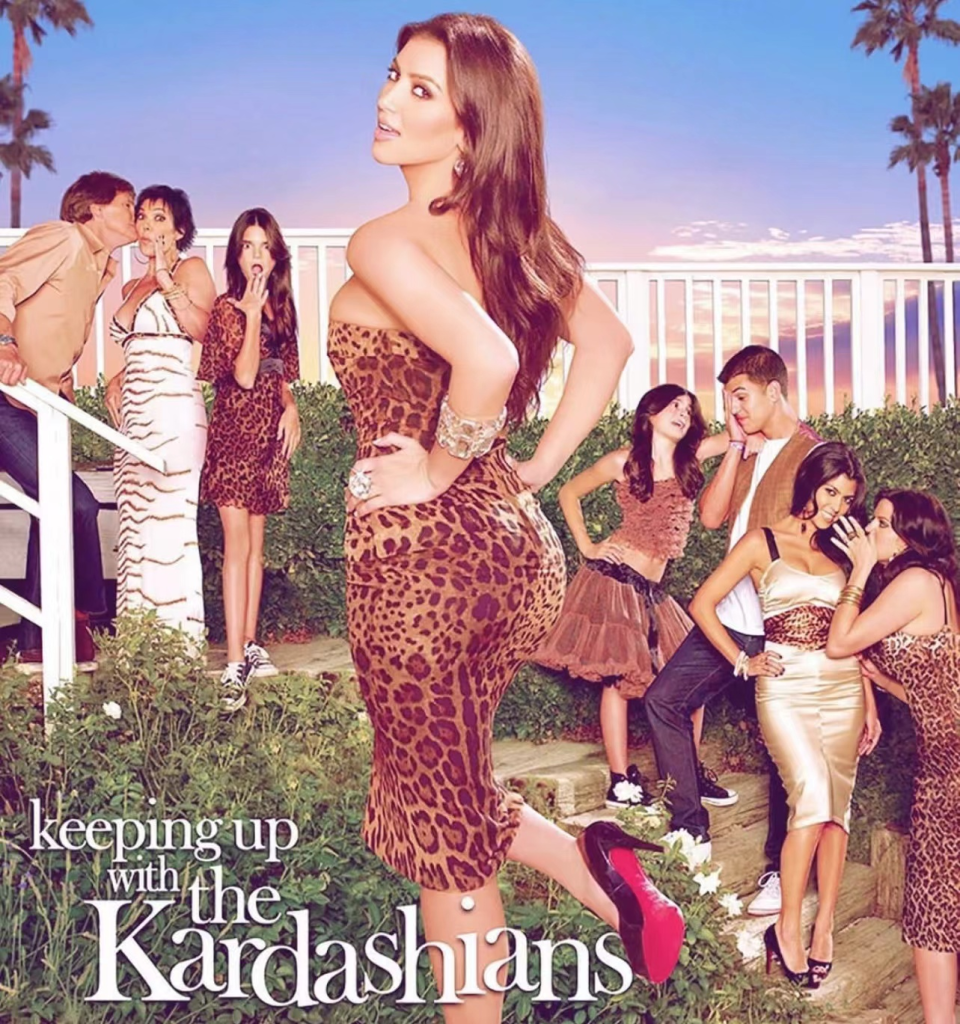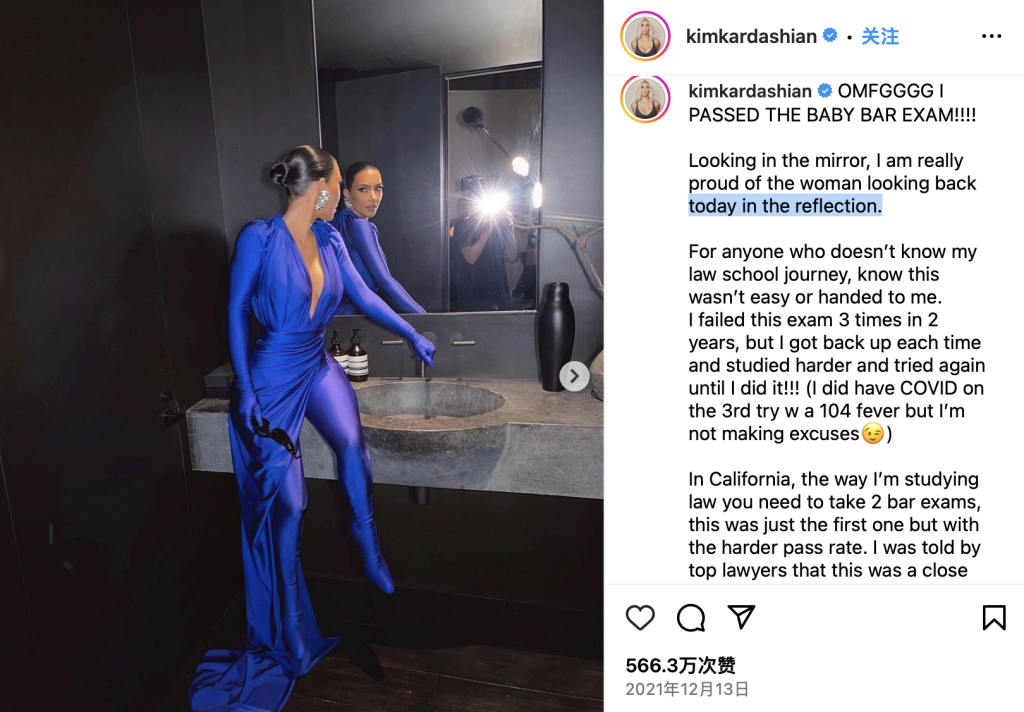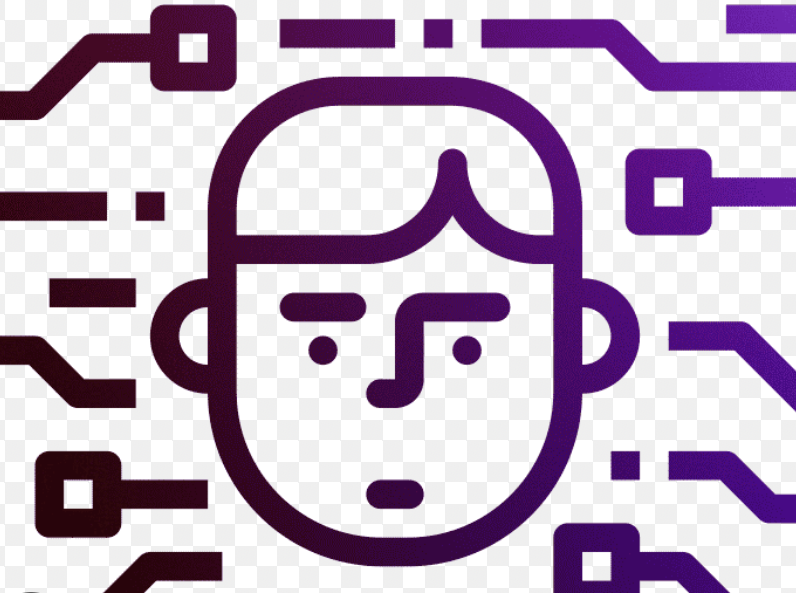Social media have become popular environments for communication and interaction, As digital environments, so as ecosystems, they have the potential for online learning as they fulfil a number of roles such as mediating environments for digital identity formation and providing a social and emotional presence (Bozkurt. 2016). No medium highlights the complexity incontemporary social and interactive landscapes more than social media, as they articulate ongoing identity construction across contexts and scenarios (Jaspers, 1982).
At the simultaneously same time, in the present era when it is almost impossible for people to be away from the digital world, and therefore not to create an online identity, the way individuals approach education, identity, practice and knowledge brings about profound changes to the creative, participatory and social dimensions of the web. In a landscape characterised by connectivity and easy access to people and content, the web provides a space in which people can interact, learn, share experiences and build reputations and identities that are available to entire communities.

Like globalization, identity is also demanding and multi-layered (Coupland 2016). For instance, the Kardashians, the progenitors of global internet celebrity, relied on the popularity of Robert Kardashian’s stream of traffic into the public eye as a surrogate in the 1994 global sensation Simpson’s wife-killing case, and since then they have developed a family reality TV show, Keeping up with the Kardashians, which still has a high internet following, with all of the Kardashian family members becoming internet celebrities unknown to anyone.Kim Kardashian, one of the members of the family, who was formerly Paris Hilton’s assistant, actually rose to fame on the back of a sex tape with her ex-boyfriend, and with the family’s trademark voluptuous figure, she has subsequently been Internet has been a controversial presence. Perhaps not content with the status and online presence, even though she didn’t even graduate from college, in 2018 she began studying law and passed her fourth law baby bar exam in December 2021 by studying hard ten hours a day reading and constantly failing and starting over, all the while juggling her career and family. Kim Kardashian’s self-discipline has changed the face of countless netizens, and she is no longer the Internet celebrity that everyone sees as only relying on her body and news hype to get online attention.

In the age of global media ubiquity in the world today, it is important to consider how identity is constructed in the context of identity construction and how it is organised. As the process of identity construction is exacerbated by increasing globalisation, Blomaert (2003) argues that identity is best viewed as ‘a particular form of symbolic potential organised within a repertoire’. Viewing identity from an analytical perspective as a participant’s access to a range of mobile resources that can be used to represent a particular type of identity (Goffman, 1959), highlights human agency, creativity and unpredictability.
Reference
- Blommaert, J. (2003). Commentary: A sociolinguistics of globalization. Journal of Sociolinguistics, 7(4), pp.607–623. doi:https://doi.org/10.1111/j.1467-9841.2003.00244.x.
- Bozkurt, A. and Tu, C.-H. (2016). Digital identity formation: socially being real and present on digital networks. Educational Media International, 53(3), pp.153–167. doi:https://doi.org/10.1080/09523987.2016.1236885.
- Goffman, E. (1959). The Presentation of Self in Everyday Life. New York: Doubleday.
- Jürgen Jaspers, E.C. (1982). Titelei. Multilingua – Journal of Cross-Cultural and Interlanguage Communication, 1(4). doi:https://doi.org/10.1515/mult.1982.1.4.0.
- Nikolas Coupland (2016). Sociolinguistics : theoretical debates. Cambridge, United Kingdom ; New York: Cambridge University Press.


This article you wrote explores the important role of social media in the construction of modern digital identities, pointing out its multiple functions in communication, interaction, and emotional connection. The Kardashian family’s path to fame is undoubtedly a great example of how multi-layered digital identities can be and the enormous influence of social media in shaping celebrity identities around the world. In analysing the complexities of identity construction, especially in the context of globalisation, the passage emphasises the diversity of human creativity and self-presentation, echoing Bromart’s (2003) view of the “symbolic potential” of identity and the fluidity and plasticity of identity proposed by Goffman (1959). However, the content of the writing still does not have a good in-depth analysis of Goffman’s theory, and the grammar still needs to be corrected, but overall you did a great job!!
This post raises a very important point about how digital space amplifies identity shifts; however, the focus on the Kardashians was a bit too much for my taste in celebrity culture. It would be really interesting to see how that idea can be used with marginalized groups and people lacking exposure to digital platforms. It would have made the analysis even richer.